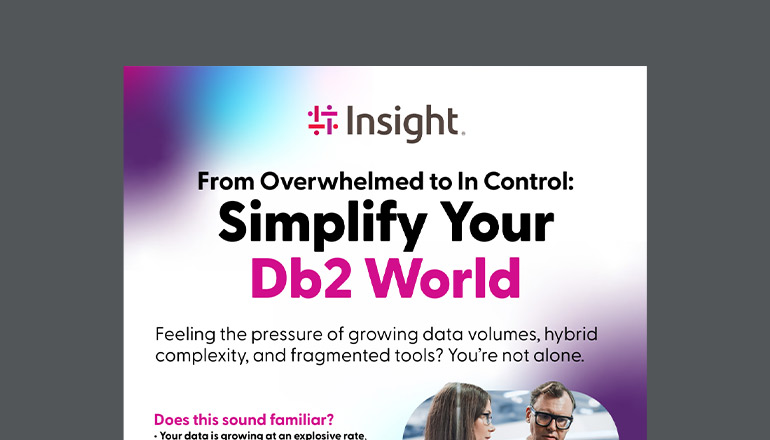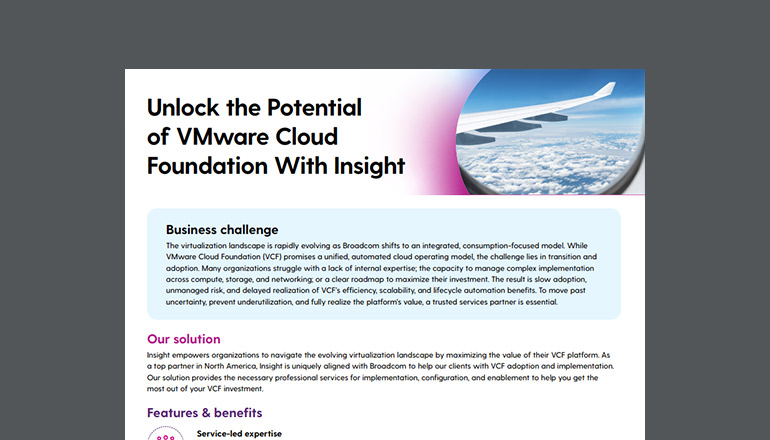Blog Business Intelligence and Big Data Analytics in the Cloud
Implementing and managing on-premise business intelligence and big data solutions isn't new, but it comes with many challenges. These types of solutions demand high infrastructure requirements, handle unpredictable load volumes, and involve a large upfront investment, high development and maintenance costs, longer provision times and a high reliance on IT.
By Greg Steinmetz / 26 Jan 2017 / Topics: Cloud Analytics

The cloud advantage
The cloud addresses many of the challenges encountered by traditional on-premise solutions and offers strong solutions for business intelligence and big data. Advantages of the cloud include:
- Speed: Resources are immediately available. The cloud allows us to reduce or eliminate the long periods associated with infrastructure procurement and application deployment. Ultimately, we get our business intelligence and big data solutions in the hands of our customers more quickly.
- Elasticity: The cloud allows us to use the massive computing power available on the web. Furthermore, it provides the ability quickly scale up or scale down based on the needs of the business.
- Lower risk: There's no hardware or software to install or update. You can cancel your cloud-based subscription at any time — and, thus, reduce the costs invested in an initiative.
- Accessibility: The cloud provides access to data that can be delivered anywhere, anytime and on any device.
Cloud deployment options
There are few options available for deploying business intelligence and big data solutions in the cloud.
- Platform as a Service (PaaS)
The PaaS option provides you with a computing platform (hardware and software). PaaS allows subscribers to deploy solutions without having to buy and manage the underlying hardware and software. The hardware and software are purchased and managed by the cloud service provider. In the business intelligence and big data world, PaaS offerings include services such as databases and Extract, Transform, Load (ETL) engines. Some examples of cloud-based PaaS services include Azure SQL Data Warehouse and Amazon Redshift. - Infrastructure as a Service (IaaS)
Some think of this as hardware as a service. This option provides the necessary hardware and networking components to its subscribers over the internet. It’s essentially like having a virtual on-demand server when you need it.
In this instance, you’re responsible for installing, managing, patching, etc. the software on the server. This means you’ll acquire a virtual server (CPUs, RAM, storage, etc.) from a service provider sized to meet your needs. You now have a blank slate to start your project. Next, you need to select an operating system, database platform and other components to support your business intelligence and big data project. Just keep in mind the service provider will ensure the hardware is running to meet your Service-Level Agreements (SLAs), but you’re responsible for all aspects regarding the software.
To determine which is better for hosting your data assets, you need to understand some key differences. PaaS is typically used by application developers, while IaaS is used by network or infrastructure architects. In other words, PaaS provides a mechanism to develop applications, whereas IaaS provides only the infrastructure necessary to run the code developed by application developers. Another aspect to consider is administration. PaaS performs many of the administrative tasks (e.g., backups, patches, etc.) for you, but these are things you’ll have to manage with IaaS.




